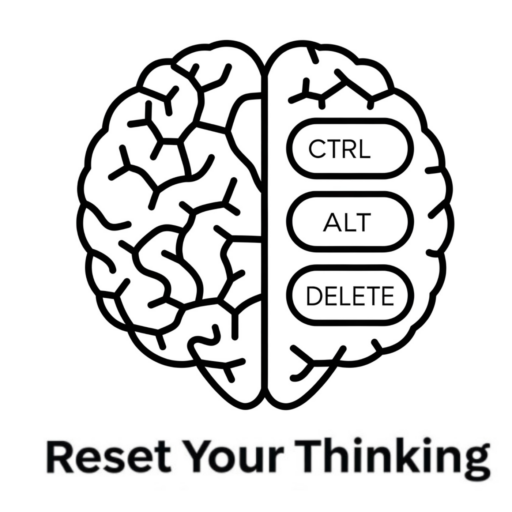Topgrading – The Proven Hiring and Promoting Method
Executive Summary:
“Topgrading” is presented as a rigorous and proven methodology for hiring and promoting top talent (“A Players”) within an organization. The central argument is that a company’s success is directly tied to the quality of its people, and Topgrading provides a systematic approach to ensuring that the best people are in the right roles. The book advocates for a shift in mindset, viewing talent acquisition as a crucial investment requiring the same level of diligence and ROI analysis as capital expenditures. It addresses common myths and obstacles to implementing Topgrading and provides practical tools and case studies to illustrate its effectiveness across various industries and company sizes. The ultimate goal is to “Topgrade the World” by empowering managers at all levels to build high-performing teams.
Key Themes and Ideas:
- The Importance of A Players: The book emphasizes the critical role that “A Players” play in an organization’s success.
- “The author’s focus on talent as the sine qua non for prosperous organizations is cradled persuasively in a savory introduction and practical, valid methods.”
- Numerous testimonials highlight significant growth, improved margins, and overall success attributed to Topgrading and the acquisition of A Players. For example, Alberto C. Vollmer, CEO, Ron Santa Teresa states, “There is no doubt that Topgrading contributed a lot to our 3000% growth since we began Topgrading.”
- The lack of A Players in a supply chain can lead to disappointing results, illustrating the broad impact of talent.
- One case study showed improvement from 20% to 90% A Players hired in a total company with Topgrading.
- Defining and Identifying A Players: The book provides a framework for defining “A Players” within a specific context, considering the job, location, accountabilities, resources, and reporting structure.
- “Every one of these factors affects ‘availability,’ though ‘at the given compensation level’ is the most important.”
- The book uses a hypothetical “Groundhog Day” experiment to illustrate how to retrospectively identify A, B, and C Players. The top 10% of performers are considered A Players.
- It acknowledges the complexity of defining an A Player: “The bad news is that whether a candidate will be an A Player in your job depends on so many things. The good news is that Topgrading methods address every one of those ‘many things.'”
- The Topgrading Methodology: The book details a structured process for hiring and promoting, emphasizing chronological in-depth interviewing, reference checks (TORC), and performance management.
- The “Starter Topgrading Interview Guide” is presented as a key tool, covering education, work history, self-appraisal, and future goals.
- The TORC (Talent Opinion Reference Check) technique, where candidates arrange calls with former bosses, is highlighted as a way to overcome dishonesty and gain valuable insights. A candidate offering to arrange reference calls is a huge epiphany.
- The book advocates for “tandem interviews” (two interviewers) to improve objectivity and accuracy.
- “Topgrading can be led by the CEO, Human Resources, or any talent-oriented manager.”
- Debunking Myths about Topgrading: The book addresses common misconceptions, including the idea that Topgrading is only for large companies or that it involves simply “ranking and yanking” employees.
- “Topgrading Myth #2: Topgrading Is Getting Rid of C Players” is directly addressed. The emphasis is on redeploying or developing employees, not just firing them.
- It cautions against automatically removing high performers simply because they are ranked near the bottom of a forced ranking system.
- The Importance of Calibration and Continuous Improvement: Topgrading is presented as an ongoing process that requires managers to constantly refine their ability to assess talent.
- “Validly judging if someone is an A, A Potential, B, or C Player requires never-ending research.”
- Managers are encouraged to get “calibrated” to accurately judge the value of talent investments, similar to how they approach capital expenditures.
- Topgrading is a journey.
- Addressing Obstacles and Challenges: The book acknowledges the challenges in implementing Topgrading and offers solutions to common obstacles.
- Obstacles include B/C players hiring A Players, undermining by existing personnel, and failing to Topgrade which leads to career failures.
- Solutions include not letting subordinates vote when hiring, and helping B’s rise to the occasion and remove the untrainable B/C Players.
- Legal and Ethical Considerations: The book touches on the importance of adhering to legal guidelines during the hiring process, particularly regarding questions related to age, disability, arrest records, and religious affiliation.
- It advises caution in asking about arrest records, emphasizing that only convictions related to the job should be considered.
- The need for nondiscriminatory language in hiring forms is highlighted.
- ROI of Topgrading: The book asserts that the return on investment (ROI) of Topgrading is substantial, given the high cost of mis-hires.
- “Since one managerial mis-hire is typically estimated to be $250,000 or more, avoiding just one mis-hire will assure a sky-high ROI”
- The book recommends using the Topgrading Talent Projection Calculator to compare the costs of retaining underperformers versus Topgrading.
- The SO WHAT? and Probing: The book emphasizes the importance of probing and asking “SO WHAT?” to fully understand a candidate’s responses and determine their true capabilities.
- Follow-up questions must nail down exactly what the means, the SO WHAT?, so you can rate some competencies.
- Case Studies: The book is peppered with short case studies to prove Topgrading’s success.
- MarineMax, a boat dealership company, went from 30% to 100% A Players in management due to Topgrading.
Notable Quotes:
- “We can’t win if we miss on people. I urge you to Topgrade so you too can get an edge on your competition.” – Curtis Clawson, President, CEO, and Chairman, Hayes Lemmerz
- “Although in a recession in which all sales forces in the industry were selling less, I’m confident that our Topgraded sales force sold much more than if we hadn’t Topgraded.” – Regional Sales Director, Anonymous Fortune 500 Pharmaceutical Company
- “Topgrading has definitely made Red Door Interactive more successful. With more A Players, we can achieve higher margins on our services. And clients appreciate the results driven by the high caliber of people we hire and retain. All we have to sell is people.” – Red Door Interactive
- “Brad narrows the target and then tells you how to hit it. For anyone who believes good people make a difference, this is excellent reading.” – Leslie G. Rudd, CEO, LRICO
- “I feel there is no greater disrespect you can do to a person than to let them hang out in a job where they are not respected by their peers, not viewed as successful, and probably losing their self-esteem.” – Debra Dunn, former Vice President of Strategy and Corporate Operations at Hewlett-Packard
Conclusion:
“Topgrading” provides a comprehensive framework for building high-performing organizations by focusing on talent acquisition and development. It challenges conventional hiring practices and offers a structured, data-driven approach to identifying and retaining A Players. By addressing common myths and providing practical tools, the book empowers managers to take control of their talent pipelines and drive significant business results.
RYT Podcast is a passion product of Tyler Smith, an EOS® Implementer (more at IssueSolving.com). All Podcasts are derivative works created by AI from publicly available sources. Copyright 2025 All Rights Reserved.

